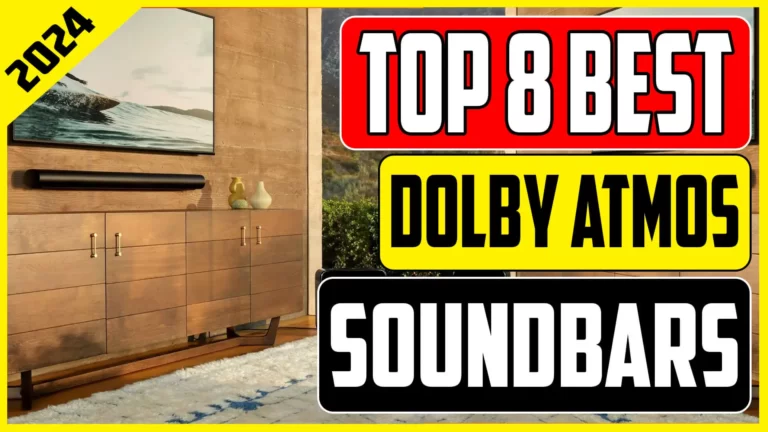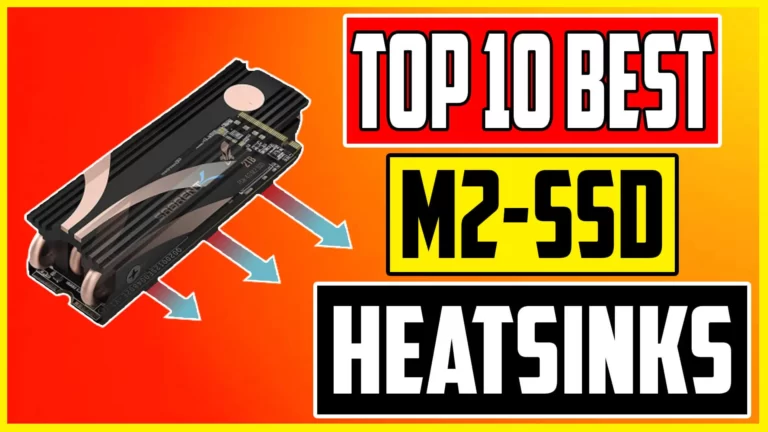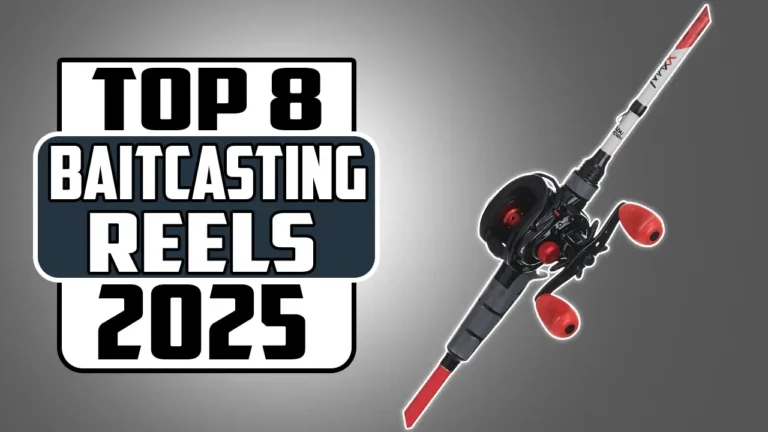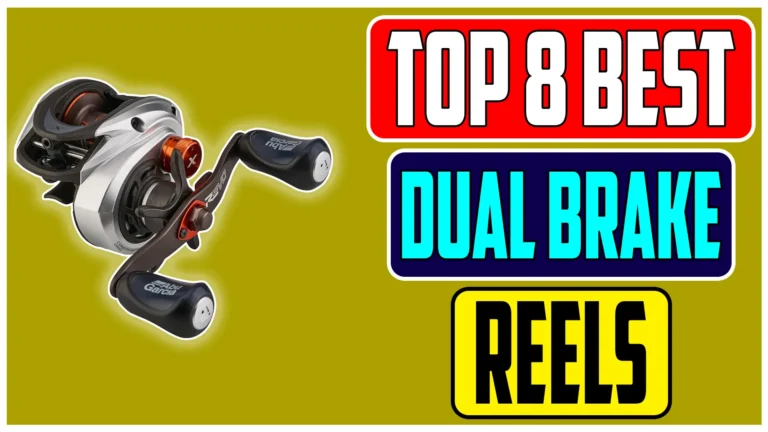Top 8 Best RC Drones 2024
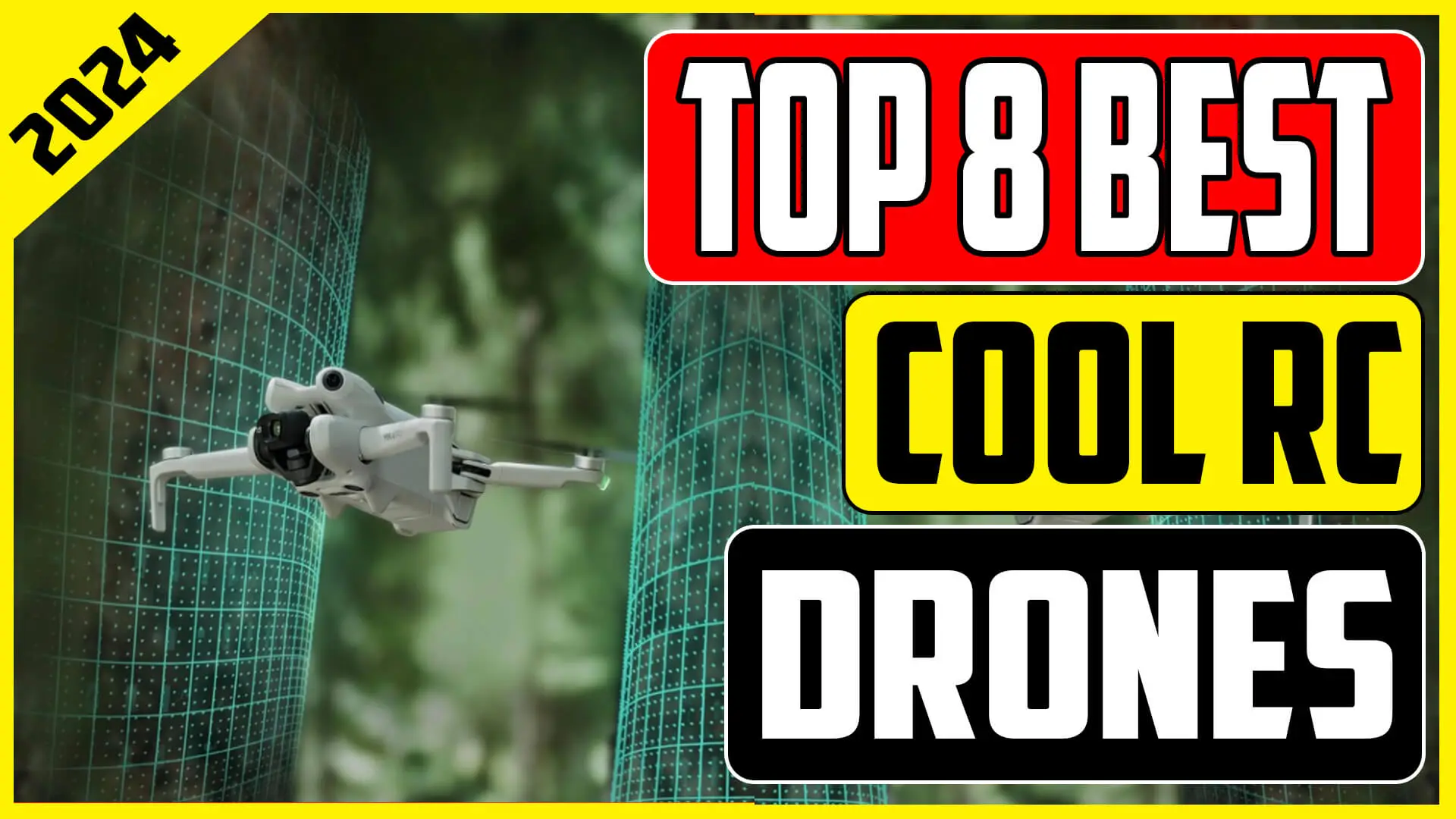
Choosing the right drone can be a daunting task, considering the myriad options available in the market. Drones have become an essential tool for photographers, videographers, and enthusiasts alike, offering a unique perspective from the skies. In this comprehensive guide, we will delve into the top eight drones, exploring their features, capabilities, and suitability for various users. From compact models perfect for beginners to advanced drones catering to professional cinematographers, this list aims to assist you in finding the perfect drone for your needs.
1. DJI Mini 4 Pro Drone:
Topping our list is the DJI Mini 4 Pro, standing out as the most capable ultralight drone in the market. Weighing a mere 249g with the standard battery, it evades FAA registration while offering an impressive flight time of around 34 minutes. For extended flights surpassing 45 minutes, an optional extended life battery is available. Boasting full 360-degree obstacle avoidance, automated flight modes, and a Quad Bayer camera capturing 4K60 HDR video, the Mini 4 Pro caters to enthusiasts, cinematographers seeking an aerial B-camera, and creators looking for smart obstacle avoidance.
Notably, the APAS function allows the drone to navigate through complex spaces autonomously, making it an appealing option for those seeking advanced features. Additionally, its support for vertical 9:16 video makes it an ideal companion for TikTok influencers.
2. DJI Mini 2 SE Drone:
The DJI Mini 2 SE secures the second spot, offering an impressive array of features at an affordable price point, making it the best drone under $350. Equipped with a stabilized 2.7K video camera and the ability to capture 12-megapixel photos, it strikes a balance between performance and cost. The drone’s 249g takeoff weight eliminates the need for FAA registration, requiring only an online knowledge test. With nearly half-hour flight times, stable performance at a 400-foot altitude limit, and a reliable connection to the smartphone app, the Mini 2 SE is an excellent choice for beginners looking to capture ultra-smooth 2.7K30 footage. However, the absence of obstacle-detection sensors is a notable drawback.
3. DJI Air 2S Drone:
Securing the third position is the DJI Air 2S, boasting a camera with an oversized Type 1 sensor for superior 20MP stills. Supporting 5.4K30 and 4K60 video with various profiles, this drone caters to stills-first creators. The Type 1 sensor, though lagging in pixel count compared to Quad Bayer chips, captures a wider dynamic range, providing more flexibility for exposure edits. Safety features, including GPS, obstacle sensors, ADS-B for manned aircraft warnings, and a 30-minute battery life, make the Air 2S a compelling option. However, it’s essential to note that FAA registration is required for this drone.
4. DJI Air 3 Drone:
Taking the fourth spot is the DJI Air 3, which positions itself as the ideal drone for those seeking creative options. Featuring both a 24mm wide-angle and a 70mm mid-telephoto lens on its gimbal-stabilized camera, it provides versatility for pilots. The 360-degree obstacle avoidance system enhances automated camera moves and ensures the drone is nearly crash-proof during manual flights. With long battery life, sharp 4K video, and good still image quality, the Air 3 strikes a balance between the Mini 4 Pro and the Mavic 3 Pro. However, the absence of a second camera for upgraded picture quality remains a distinguishing factor.
5. DJI Mavic 3 Pro Drone:
Claiming the fifth position is the DJI Mavic 3 Pro, featuring a large Four Thirds format sensor with a Hasselblad color profile. This drone delivers class-leading footage and stills straight out of the camera. Equipped with all-around obstacle sensors, integrated GPS, and a 35-minute flying time, the Mavic 3 Pro caters to film producers, indie filmmakers, vloggers, and creative professionals. While its capabilities come at a higher price point, the options of the Pro Cine and Classic editions allow users to choose based on their specific needs and budget.
6. DJI Mini 3 Drone:
Securing the sixth spot is the DJI Mini 3, targeting pilots who desire an upgrade from the starter camera on the DJI Mini 2. With support for 4K30 video, HDR look, and 60 degrees of upward tilt, the Mini 3 offers enhanced camera capabilities. Safety features such as GPS, Find My Drone, and Return to Home are incorporated, while the 249g takeoff weight ensures FAA registration is unnecessary. The 38-minute flight times and live video streaming to a smartphone app make it an attractive option for creators focused on platforms like TikTok and YouTube. However, the absence of obstacle detection may be a drawback for some users.
7. Autel Robotics EVO Drone:
Claiming the seventh spot is the Autel Robotics EVO Drone, specifically the Evo Lite+ model. Utilizing a Type 1 sensor camera, it competes favorably with the DJI Air 2S. The variable aperture eliminates the need for ND filters, and the drone boasts a flight time of approximately 40 minutes. Three-way obstacle sensors enhance safety during flights, making the Evo Lite+ a capable camera drone for creators who seek an alternative to DJI products. The 6K camera, while capable, comes at a higher price point, making it essential for users to weigh the cost against the extended flight times and the absence of DJI’s geofencing restrictions.
8. Autel Robotics EVO Nano Plus Drone:
Concluding our list is the Autel Robotics EVO Nano Plus Drone, positioned at number eight. Weighing in at 249g, it eliminates the need for FAA registration while offering three-way obstacle detection for enhanced flight safety. The stabilized camera records 4K30 video and captures sharp photos at up to 50MP. With a commendable battery life of approximately 28 minutes, the Nano Plus is suitable for both beginner and advanced pilots. It stands out as a drone for those who prefer the freedom of flight without the geofencing restrictions found in some competing models. While picture quality is commendable, aggressive sharpening is a notable point of consideration.
Buying Guide for Drones: Finding the Perfect Aerial Companion
Drones have evolved from niche gadgets to essential tools for photographers, videographers, and enthusiasts seeking to capture stunning aerial perspectives. With a plethora of options available, choosing the right drone can be a daunting task. This buying guide aims to simplify the process, providing insights into the key factors to consider when selecting the perfect aerial companion.
Consider Your Skill Level and Intended Use :
Before diving into the world of drones, assess your skill level and intended use. Beginners may prefer entry-level models with simplified controls, while professionals may require advanced features for intricate aerial cinematography. Understanding your skill level and purpose will guide you towards a drone that aligns with your specific needs.
Evaluate Camera Capabilities :
For photographers and videographers, the camera capabilities of a drone play a crucial role. Consider factors such as resolution, frame rates, and the ability to capture RAW or JPEG images. Higher-end models, like the DJI Mavic 3 Pro, offer advanced camera systems with large sensors, providing superior image and video quality.
Flight Time and Battery Life :
Flight time and battery life are essential considerations, especially if you plan on capturing extensive footage or covering large areas. Drones like the DJI Mini 4 Pro boast impressive flight times, exceeding 30 minutes, ensuring extended periods of uninterrupted flight.
Safety Features :
Safety should be a top priority when choosing a drone. Look for features such as obstacle avoidance systems, GPS functionality, and Return to Home capabilities. These features not only enhance the safety of your drone but also contribute to smoother and more controlled flights.
Portability and Compactness:
Portability is a significant factor, especially for users who need a drone that is easy to carry on outdoor adventures. Compact models like the DJI Mini 2 SE strike a balance between performance and portability, making them ideal for on-the-go enthusiasts.
Budget Considerations :
Drones come in a wide range of price points, and it’s essential to align your budget with your expectations. While high-end models like the DJI Mavic 3 Pro offer advanced features, more budget-friendly options like the DJI Mini 2 SE provide excellent value for their cost.
FAQs:
How do I determine the right drone for my skill level?
Consider starting with a beginner-friendly model if you are new to drones. Look for features like simplified controls, automatic flight modes, and obstacle detection to enhance your learning experience.
Can I fly a drone without registering it with the FAA?
Drones weighing 249g or less, such as the DJI Mini series, generally do not require FAA registration. However, it’s crucial to check the specific weight and regulations in your region.
What safety precautions should I take when flying a drone?
Always fly your drone in compliance with local regulations. Ensure a clear line of sight, avoid crowded areas, and be aware of no-fly zones. Familiarize yourself with the drone’s safety features, such as obstacle avoidance and Return to Home functions.
How do I extend the battery life of my drone?
To maximize battery life, avoid flying in extreme temperatures, keep the drone’s firmware updated, and land the drone promptly when the battery level is low. Carrying spare batteries is also a practical way to extend your flight sessions.
What should I do if my drone encounters an obstacle during flight?
Most modern drones are equipped with obstacle avoidance systems. In the event of an obstacle, the drone will typically either navigate around it or come to a complete stop, depending on the specific model and its capabilities.
Is it necessary to purchase additional accessories for my drone?
While drones come with essential components, investing in additional accessories like spare batteries, propellers, and carrying cases can enhance your overall experience. Consider accessories based on your specific needs and usage patterns.
Conclusion:
Choosing the right drone involves a thoughtful consideration of various factors, including your skill level, intended use, camera capabilities, safety features, and budget. This buying guide serves as a comprehensive resource to empower you with the knowledge needed to make an informed decision. Whether you are a beginner exploring the world of drones or a seasoned professional seeking advanced features, finding the perfect aerial companion is now within reach. Embrace the possibilities of aerial photography and videography with a drone that aligns seamlessly with your preferences and requirements.








